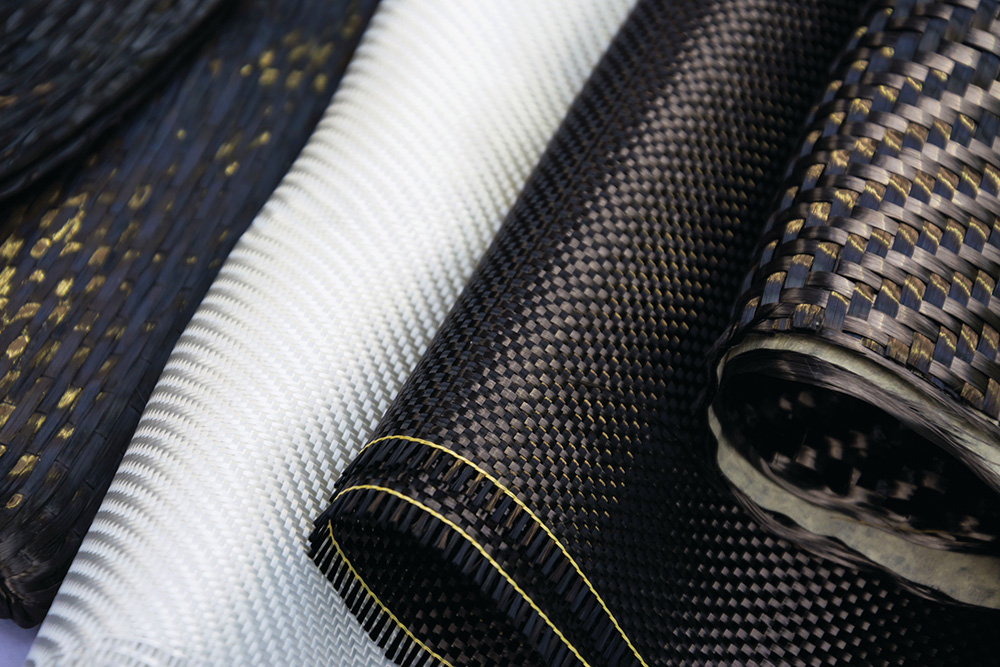Ultra-Lightweight Composite Materials for High-Performance UAVs
Unmanned Aerial Vehicles (UAVs) are becoming increasingly important in various sectors, including defense, agriculture, surveillance, and disaster management. The demand for UAVs with improved performance, greater endurance, and higher payload capacity has led to the widespread adoption of advanced composite materials. These materials offer superior strength-to-weight ratios, corrosion resistance, and durability, ensuring UAVs operate efficiently in diverse and challenging environments.
Materials
Used in UAVs and Their Applications
Carbon
Fiber Reinforced Polymer (CFRP):
CFRP is one of the most widely used materials in UAV construction due to its
exceptional mechanical properties. It is primarily used in airframes, wings,
and support structures because of its high tensile strength, low weight, and
resistance to fatigue. CFRP minimizes structural deformation under aerodynamic
forces, enhancing flight stability and efficiency. The low thermal expansion of
CFRP also ensures dimensional stability in varying environmental conditions,
making it suitable for long-endurance UAVs operating at high altitudes.
Basalt
Fiber Composites:
Basalt fiber-reinforced composites are gaining popularity in UAV applications
due to their excellent thermal stability, impact resistance, and environmental
sustainability. These composites are primarily used in fuselage sections and
structural panels, where resistance to high temperatures and harsh
environmental conditions is required. Basalt fibers exhibit superior resistance
to corrosion and chemical degradation, making them an ideal choice for UAVs
operating in coastal, desert, or high-temperature regions. Compared to carbon
fiber, basalt fiber is more cost-effective while maintaining high mechanical
strength.
Kevlar
Composites:
Kevlar, known for its high toughness and impact resistance, is widely used in
UAV protective enclosures, radar domes, and vibration-damping components. It is
particularly beneficial for UAVs deployed in military and surveillance
operations, where protection against ballistic impact and mechanical stress is
crucial. Kevlar-reinforced composites are also used in areas exposed to high
vibrations, such as motor mounts and landing gear, to enhance structural
longevity and reduce wear and tear.
Glass
Fiber Reinforced Polymer (GFRP):
GFRP is a cost-effective alternative to CFRP, offering moderate mechanical
strength, flexibility, and corrosion resistance. It is commonly used in
secondary structures, fairings, UAV sensor housings, and other non-load-bearing
components. While GFRP does not provide the same strength-to-weight ratio as
CFRP, it remains a valuable material for UAV applications that require
durability at a lower cost. Its dielectric properties also make it suitable for
UAV components that house communication and radar equipment, as it does not
interfere with electromagnetic signals.
Hybrid
Composite Systems:
To achieve optimized performance, UAVs often integrate hybrid composite systems
that combine multiple materials, such as CFRP-Kevlar or CFRP-Basalt. These
hybrid composites are designed to meet specific mission requirements, such as
stealth capabilities, electromagnetic shielding, and enhanced thermal
insulation. For example, CFRP-Kevlar composites are used in stealth UAVs to
reduce radar cross-section while maintaining structural strength. CFRP-Basalt
hybrids offer improved fire resistance and cost-effectiveness, making them
suitable for UAVs operating in extreme environmental conditions.
Advantages
of Composite Materials in UAVs
The use of composite materials significantly enhances UAV performance by
reducing weight, improving aerodynamic efficiency, and increasing structural
strength. These materials contribute to longer flight endurance, higher payload
capacities, and improved maneuverability. Additionally, their resistance to
corrosion and environmental degradation ensures UAVs remain operational for
extended periods with minimal maintenance requirements. As UAV technology
continues to evolve, the development of next-generation composite materials
will further improve their efficiency, making them more versatile and capable
of handling a broader range of applications.
The
integration of these advanced materials in UAV design is shaping the future of
aerial technology, paving the way for lighter, stronger, and more efficient
drones tailored for high-performance missions.
.png)






Leave a Comment
Your email address will not be published. Required fields are marked *